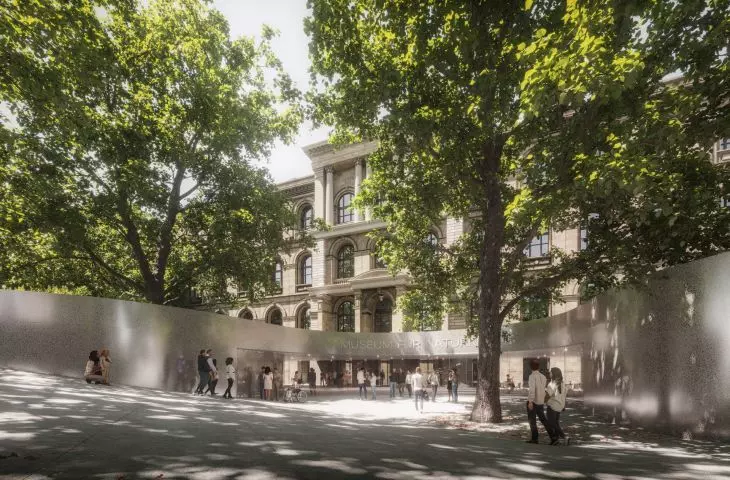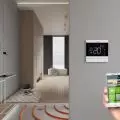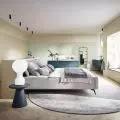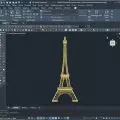In an international architectural competition for the modernization of the Museum für Naturkunde (Museum of Natural History in Berlin), the WXCA studio won fourth prize. The jury appreciated the design of the Polish office for its "bold concept of the entrance space."
The studio from Poland received IV place in the competition
© WXCA
The goal of the competition was to create a modernization project for the Natural History Museum in Berlin with an expressive architectural form that best meets the needs of both academics and users of the facility. 60 entries were submitted to the international competition, from which the jury eventually selected 18 finalist works. The Warsaw studio's proposal won the fourth prize.
The project surprised us with a completely new take on the entrance situation. A system of gently sloping ramps towards the entrance, cleverly composed between the treetops, leads to a public entrance space located in the basement of the existing building. The new facade is inviting and transparent, and shaped with respect for the historic green layout ," reads the award justification for WXCA.
For the architects on the WXCA team, it was important to understand the contemporary museum and its fundamental social and democratic function
© WXCA
For the architects of the WXCA studio, it was important to understand the contemporary museum and its fundamental social and democratic function. It was also important to create a space for local community activity. The team from WXCA proposed a new entrance area with associated functions on level -1.
This connection between the museum and the city is intended to create a place where people can meet, view exhibitions and participate in various outdoor activities. A green space has been planned around the museum to provide a natural backdrop for cultural activities. Inside the museum, a flexible functional plan with a clear traffic layout has been used.
The museum's connection to the city is expected to create a place where people can come together
© WXCA
The new museum environment has been thoughtfully designed to create an immersive and multi-sensory experience that integrates the historic city, architecture and nature with a vibrant, diverse program of indoor and outdoor intermedia installations, happenings, exhibitions, lectures or workshops , WXCA architects say.
Inside the museum, a flexible functional plan with a clear communication layout was used
© WXCA
The project was created by a team composed of Szczepan Wroński, Marta Sękulska-Wrońska, Anna Dobek, Tomasz Czuban, Michal Czerwiński, Andrzej Bulanda, Piotr Hardt, Mariia Kolomiitseva, Jakub Matela, Anna Majewska, Michal Sokolowski, Bogumiła Chewinska. WXCA's local partner was the KOPPERROTH studio (Martin Roth, Dominik Renner, Marcus Kopper). Łukasz Kowalski was responsible for consulting on the greenery design. Visualizations were created by Piotr Banak.
WXCA architects and architects proposed a new entrance area with associated functions on level -1
© WXCA
The entries were judged by a jury consisting of Ulrike Lauber, Stefan Bernhard, Raoul Bunschoten, Anne Hangebruch, Barbara Holzer, Hilde Léon, Engelbert Lütke Daldrup, Tobias Micke, Ansgar Schulz. First prize went to the cooperative of Architekten von Gerkan and Marg und Partner. Second prize went to Staab Architekten and Levin Monsigny LA. Third prize went to theallmannwappner / Station c23+rabe landschaften cooperative.






























